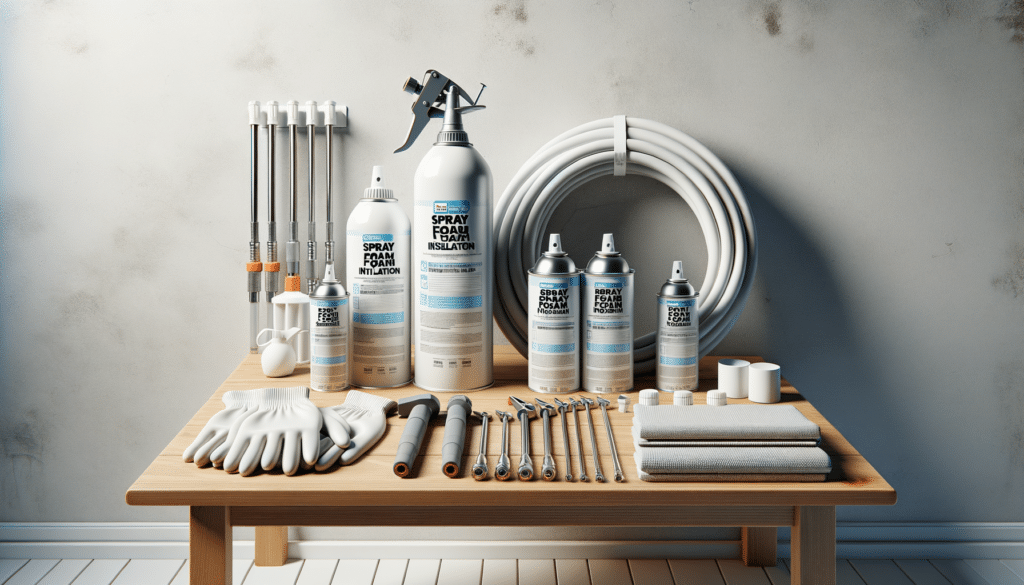Understanding the Different Types of Insulation
Insulation plays a pivotal role in maintaining the energy efficiency and comfort of your home. It acts as a barrier to heat flow, reducing the amount of heat that escapes in the winter and enters in the summer. There are several types of insulation, each with distinct properties that cater to different needs and environments.
One commonly used type is fiberglass insulation, which is known for its affordability and effectiveness. It’s made from fine glass fibers and is often found in batts or rolls. Fiberglass is non-combustible and can help to reduce energy costs significantly. However, it requires careful installation to avoid gaps that can compromise its efficiency.
Another option is spray foam insulation, which expands on application to fill gaps and create an airtight seal. This type is highly effective at reducing air leaks and is often used in hard-to-reach areas. Spray foam is more expensive than fiberglass but offers superior performance, particularly in terms of air sealing and moisture resistance.
For those looking for eco-friendly options, cellulose insulation is a great choice. Made from recycled paper products, it is treated to be fire-resistant and provides good thermal performance. Cellulose is particularly effective in older homes where it can be blown into walls and attics to improve insulation without major renovations.
Each type of insulation offers unique advantages, and the right choice depends on factors such as climate, budget, and specific home needs. Consulting with a professional can help determine the best option for your situation.
The Benefits of Proper Insulation
Investing in proper insulation offers numerous benefits that go beyond just energy savings. One of the most significant advantages is the enhanced comfort it provides. By maintaining a consistent indoor temperature, insulation helps to eliminate cold drafts and hot spots, creating a more pleasant living environment.
Proper insulation also contributes to noise reduction. It serves as a sound barrier, minimizing the transmission of noise from outside and between rooms. This can be particularly beneficial in urban settings or homes with multiple floors, where noise can be a disturbance.
From an environmental perspective, insulation plays a crucial role in reducing carbon footprints. By decreasing the amount of energy needed for heating and cooling, it lowers greenhouse gas emissions. This is an important consideration as more homeowners look to make sustainable choices.
Additionally, insulation can increase the value of a home. Buyers often look for energy-efficient homes, and having quality insulation can be a selling point. It’s a long-term investment that not only saves money on energy bills but also enhances property value.
Overall, the benefits of proper insulation extend beyond immediate cost savings. It enhances comfort, reduces environmental impact, and can even boost the marketability of a home.
Factors to Consider When Choosing Insulation
Choosing the right insulation involves considering several factors to ensure optimal performance and value. One of the primary considerations is the R-value, which measures the material’s resistance to heat flow. Higher R-values indicate better insulation properties, but the ideal R-value depends on the climate and specific areas of the home.
Another important factor is the installation process. Some types of insulation, like fiberglass batts, are relatively easy to install for DIY enthusiasts. However, others, such as spray foam, require professional installation to achieve the best results. The complexity of the installation can affect the overall cost and should be factored into the decision-making process.
Cost is always a consideration, and it’s essential to weigh the initial investment against long-term savings. While some insulation types have higher upfront costs, they may offer greater energy savings over time, making them more cost-effective in the long run.
Environmental impact is also a growing concern for many homeowners. Choosing insulation made from recycled or sustainable materials can reduce environmental impact and appeal to those looking to make eco-friendly choices.
Lastly, consider the specific needs of your home. Areas prone to moisture or those that require soundproofing may benefit from specific types of insulation. Consulting with an expert can provide valuable insights tailored to your home’s unique needs.
In summary, choosing the right insulation involves balancing performance, cost, installation requirements, and environmental considerations to find the best fit for your home.

